Features of the use of copper sulfate
Perhaps each of us has heard about copper sulfate. The application of the product is quite extensive. It is an effective antiseptic, fungicide and fertilizer. It is most in demand in gardening and construction: a solution is prepared from it, which is used to treat plants and house walls against fungus and mold.
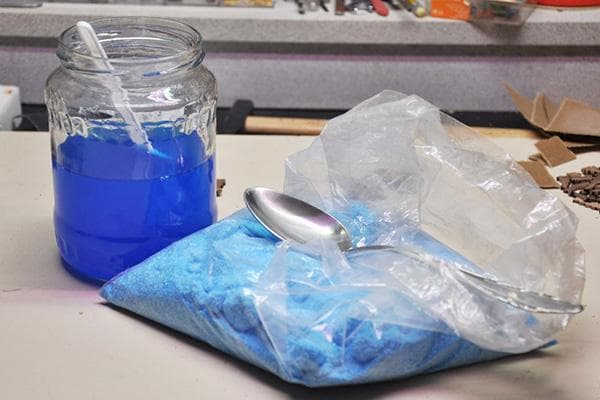
What it is?
Copper sulfate is a copper salt of sulfuric acid. Simply put, copper sulfate. Externally it appears as small blue-blue crystals. The powder is non-volatile, odorless, but with a bitter metallic taste. Contains 24% copper. To dissolve it, water, alcohol, and hydrochloric acid are used. In air, the powder becomes discolored, as does the prepared solution. Therefore, store it in an airtight container. The cost of a package weighing 100 g is 30–40 rubles.
Solutions with copper sulfate are prepared immediately before use. After 4-5 hours they lose their effectiveness. In addition, the powder is diluted in a non-metallic container: the solution enters into an undesirable chemical reaction with metal.
Copper sulfate and agricultural work
Prevention of fungal diseases is one of the most important tasks in agriculture. For many decades, prevention has been carried out with copper sulfate. Despite the emergence of modern drugs, it remains in demand. It is valued for its low cost and environmental friendliness.
Copper sulfate is effective against a number of diseases, including powdery mildew, various types of rot and spots, scab, moniliosis and others.It also helps to cope with pests and their larvae.
In addition, it is used to fertilize soils with a small amount of copper: peat bogs, sandstones, lands with a small amount of humus. Crystalline powder is added to the soil at the rate of 1 g per 1 square meter. meter annually. It is recommended to fertilize the remaining soils with copper once every five years.
The product is used to treat seeds and disinfect plant roots before planting in the ground. To do this, planting material is dipped in a 0.5% solution for 1–2 minutes and then rinsed with water. Fresh wounds on adult plants are treated with a 3% solution.
In the garden or vegetable garden, copper sulfate is used only in the morning and evening hours in clear weather. Spray in the absence of strong wind. In summer, treatment is not carried out: with the assistance of high temperatures and direct sunlight, burns appear on the foliage.
Copper sulfate is not recommended for use on berry crops, with the exception of gooseberries and currants.
Features of application
To prevent fungal damage to plants, a 0.5–1% solution is prepared, and for treatment, a 3% solution is prepared (50 g, 100 g and 300 g of powder per 10 liters of water, respectively). It is sprayed onto the aerial part and root area, wearing protective equipment. Consumption ranges from 2 to 10 liters per tree and 0.5–2.5 liters per bush.
Preventive treatment should be carried out 2 times a year:
- at the beginning of spring - when the average daily temperature is 5 degrees;
- late autumn - after harvesting and the end of leaf fall.
Treatment with a solution of copper sulfate in the pre-winter period increases the frost resistance of trees.
To protect green plants from burns, freshly slaked lime is often added to copper sulfate. This liquid is called Bordeaux liquid.To obtain a 1% solution, 100 g of vitriol is dissolved in 8 liters of warm water. In a separate container, add 2 liters of cold water to 150 g of lime. When the quenching process is completed, it is poured in a thin stream onto the copper solution, stirring constantly.
Vitriol is also used to prepare a mixture for whitewashing trees. Applied in the spring, it helps protect plants from insects. Whitewash is mixed from 2 kg of slaked lime, 400–500 g of copper sulfate, 1 kg of fatty clay and 10 liters of water.
Copper sulfate cannot be combined with other pesticides!
Repair and construction
The walls and roofs of houses are treated with a solution of vitriol to remove fungus and prevent its appearance. The product is applied to internal and external surfaces made of different materials:
- concrete;
- gypsum;
- tree.
Also, a 3% solution of copper sulfate will help remove rust stains from the ceiling that appeared as a result of flooding.
To destroy fungus and mold, 20–30 g of powder is diluted in 1 liter of warm water and applied to a surface that has been cleaned and washed with soap. The solution is left until completely dry, and then the treatment is repeated 1-3 more times.
To better dissolve the crystalline powder, heat the water to 40–50 degrees.
Against wood rot
Copper sulfate is also used to treat wood. Even wood coated with varnish and paint is not immune from internal rot. Copper sulfate allows you to extend the service life of wooden products, workpieces and materials. To do this, 0.7–1 kg of powder is diluted in 10 liters of water and applied on all sides to the wood with a wide brush or roller.
Other Applications
Copper sulfate is used in many areas:
- food additive E519 (paint stabilizer and preservative);
- disinfection of buildings for livestock;
- obtaining zinc, cobalt, lead;
- production of electroplating baths, copper cathodes, mirrors and glass, electric batteries;
- production of acetate fabric, leather pigment, dyes.
To identify zinc, manganese, magnesium in steel and aluminum alloys, non-ferrous scrap metal buying centers often use a solution of copper sulfate: when the product is applied, the surface takes on a reddish tint.
Cleaning of swimming pools and artificial reservoirs
Copper sulfate is used to disinfect water and prevent the appearance of algae. With it, its cloudiness and greening are not scary.
To purify water:
- Add table salt and copper sulfate to the mixers located in the water supply pipes at the rate of 2.7 g and 0.9 g per 1 cubic meter of water.
- Do not use the pool for the next 24 hours.
After 24 hours, the water will become clear, and restrictions on the use of the reservoir will be lifted. Such cleaning does not harm human health. Of course, provided that the dosages are followed.
ethnoscience
If there is a risk of poisoning, when there is an urgent need to induce vomiting, people prepare a remedy with copper sulfate (0.5 g per 1 liter of water). They also try to treat a variety of diseases:
- boils and inflammation on the skin;
- fungal diseases;
- genitourinary diseases;
- polyarthritis;
- radiculitis;
- cancer.
For foot fungus, take baths. Thoroughly dissolve 1 teaspoon of copper sulfate in 1 liter of warm water. Then the feet are lowered into the solution and kept for 30–40 minutes. After treatment, take a regular bath and lubricate the skin with moisturizer.
Official medicine is skeptical about the therapeutic effect of copper sulfate and warns that its use can harm health and even cause death.
Toxicity and precautions
Copper sulfate is poisonous. It has a toxicity class of 4 and is defined as a low-hazard substance for humans, plants, and animals (but it is lethal for fish even in small doses). Does not sting on contact with skin. Leaves a chemical burn on the mucous membranes. If ingested or inhaled, the aerosol cloud causes severe poisoning. Negative reactions develop at a dosage of 0.5 g of vitriol and above. If 45–125 g of powder is swallowed, death occurs.
When carrying out processing, follow 5 rules:
- Do not use food-grade containers to mix the solution.
- When applying the product with an aerosol, wear protective glasses, rubber gloves, a cotton-gauze bandage (respirator), and a hat.
- Carry out processing in the absence of children and animals.
- After completing the work, rinse your mouth with water and wash your hands with soap.
- Do not throw away the packaging and do not pour the remaining solution into the sewer, natural reservoirs, or onto the soil surface.
So, copper sulfate has quite a wide range of applications. It is in demand in agriculture, construction, industry and many other areas. The undoubted advantage of the product is its affordable price and high efficiency. The disadvantages include relative toxicity. But if you take precautions and follow the dosage, the use of vitriol will only be beneficial.
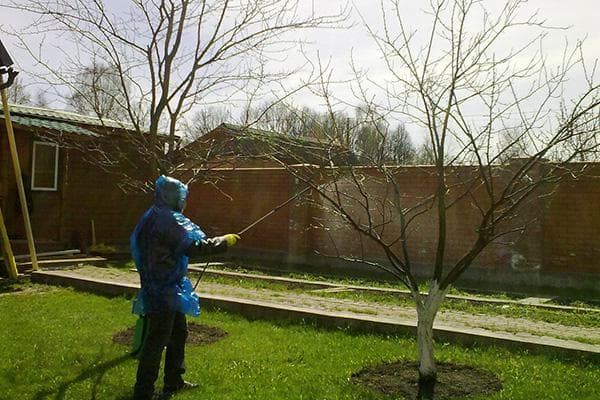
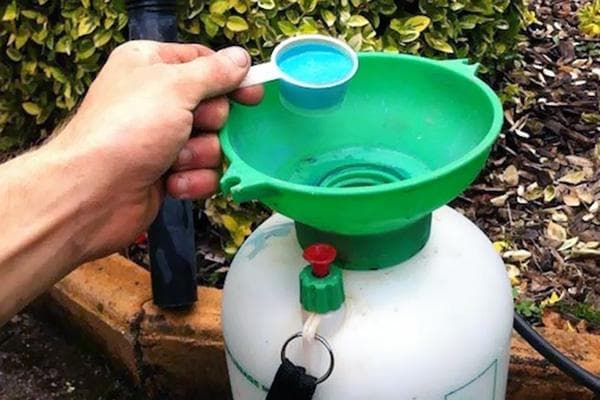
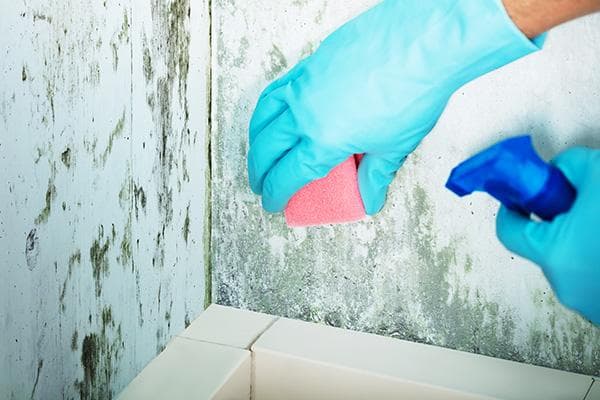
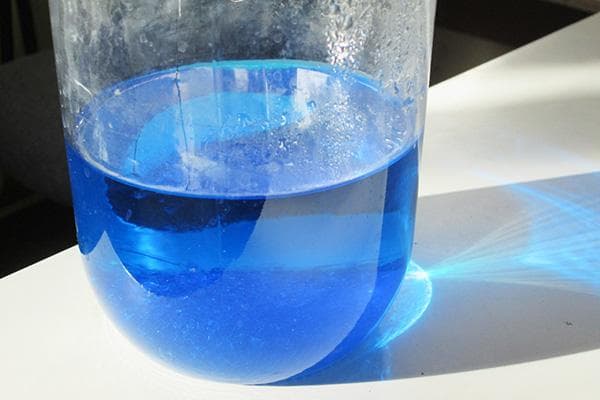
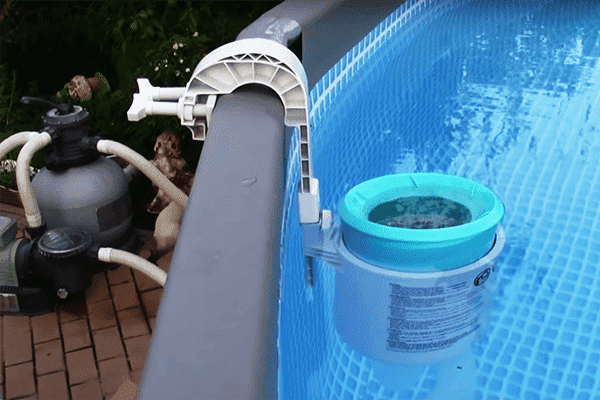
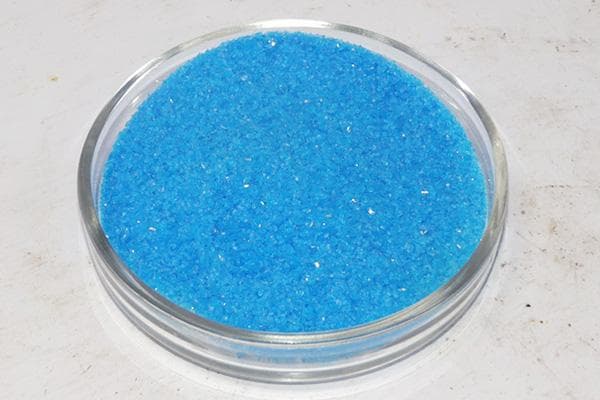
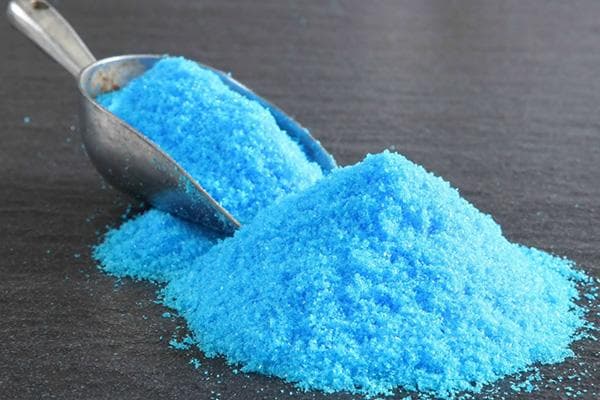
How does it feel inside?
For cancer
Completely cured toenail fungus.
No more fungus appeared
I read that copper sulfate is good for inhalation. You just need a very small concentration
Is it so? Who used this method?
Don't believe it...it's poison!
I removed the nail fungus, but applied soaked tampons, wrapped it in foil and put on a sock at night.